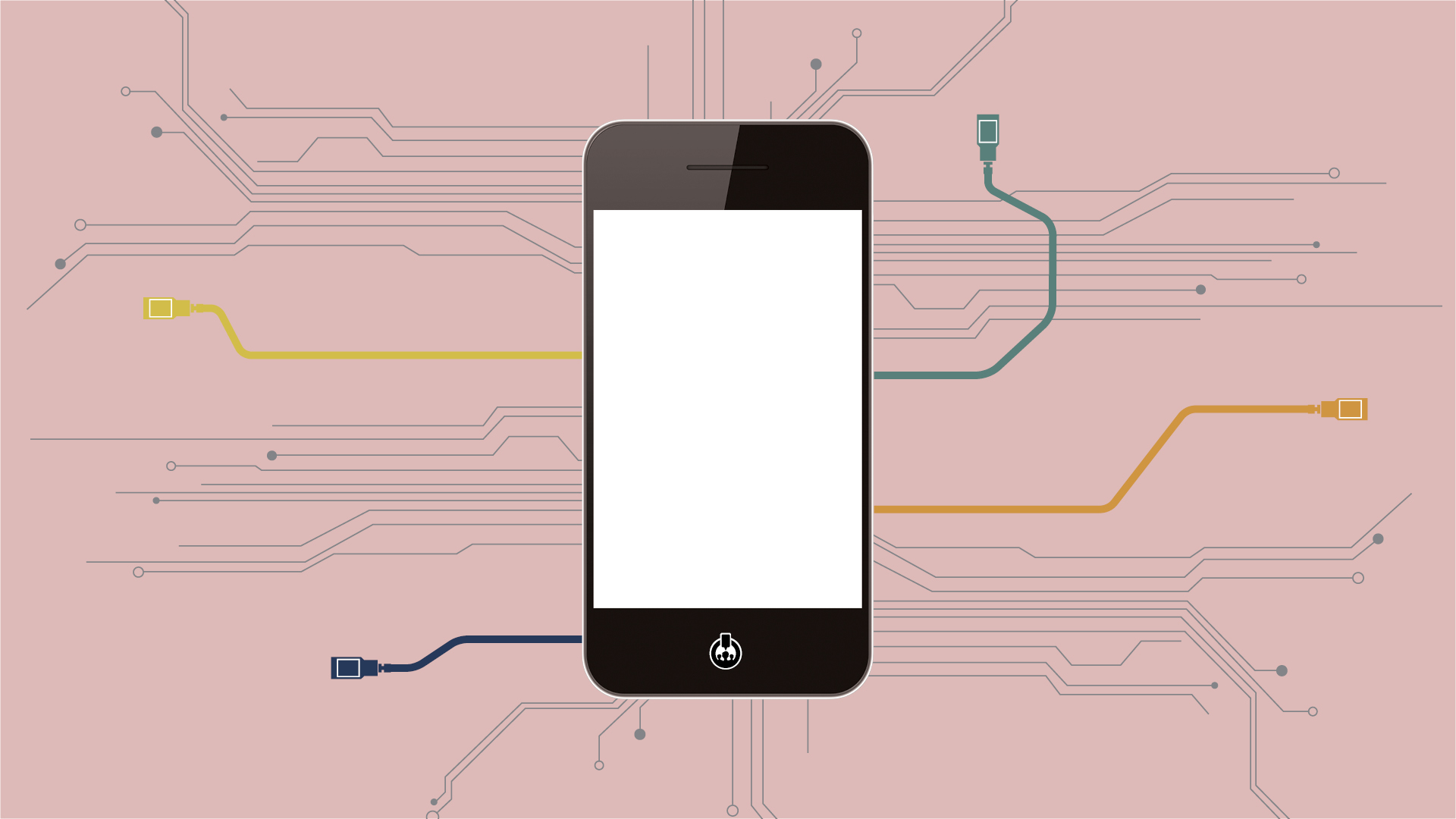Parents' Guide to Smartphone Safety
Smartphones are essentially little computers, so you might be a little worried when handing one over to your child. Take some time to understand the risks and implement a few safeguards so that you can help your child use smartphones safely.
The Risks
CYBERBULLYING
With the constant connectivity of smartphones, your child may be more susceptible to cyberbullying or have more opportunities to cyberbully others.
GEOLOCATION
A GPS-enabled smartphone can reveal your child’s location through online posts and uploaded photos.
INAPPROPRIATE CONTENT
With smartphones, your child has mobile access to content you may consider inappropriate, such as pornography or violent videos.
SEXTING
Your child may use the Internet and social apps to send, receive, or forward revealing photos.
VIRUSES & MALWARE
Just like a computer, a smartphone is vulnerable to security attacks if your child accesses unsecured websites and apps.
5 Ways to be Smarter than the Smartphone!
1. Be a parent and a resource. Establish clear guidelines, including time limits and consequences for inappropriate behavior, but be open so your child will come to you with any problems.
2. Set up smart security. Smartphones today include a variety of security mechanisms including fingerprint scans, facial recognition and password locks. Enable these to protect access to the phone as well as apps with sensitive data.
3. Update the operating system. New versions often contain important security fixes.
4. Approve apps before they are downloaded. Make sure you understand their capabilities and approve their content.
5. Understand location services. GPS features are useful when using maps, but you’ll want to disable location-tagging when your child posts anything online.
Visit MissingKids.org/NetSmartz for more on digital safety issues. There you'll find helpful videos, printable tip sheets, presentations, and other activities

